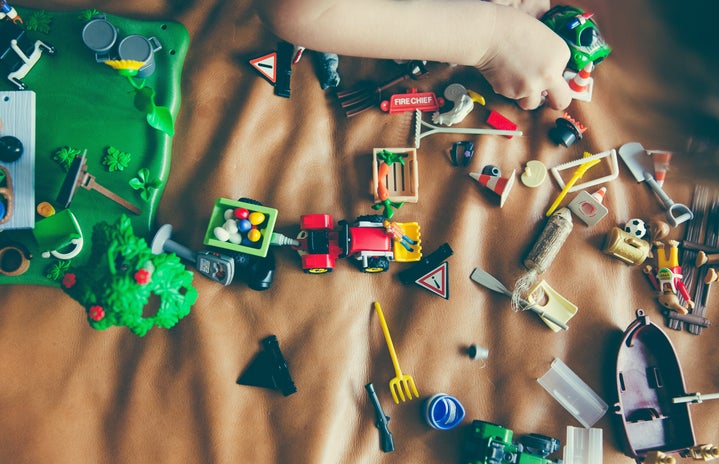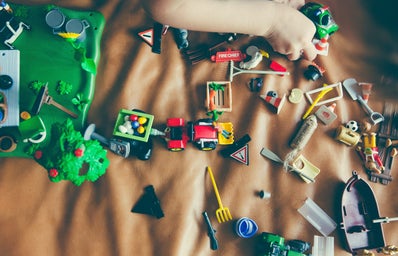When I was younger, I was fascinated with yard sales. More specifically, I was amazed by how many kids participated in selling their old toys at yard sales; I was jealous that people were able to get money for new toys by selling their old ones. But whenever I would ask my mom if we could have a yard sale so I could sell something old, like my Barbie dolls so that I could buy Monster High dolls instead, she would always tell me no, as one day, I’ll regret not having things to pass down to my hypothetical kids.
Now, I am not saying that I agree with her reasoning for not allowing me to have a yard sale; I still wrinkle my nose at the idea of having a kid one day. Moreover, with the new hobbies that kids have these days, I highly doubt that a future kid of mine would be very interested in an old Barbie doll whose hair I’ve cut up into thousands of pieces and have styled in very questionable y2k fashion.
However, I’m glad she never let me put my old toys, or rather anything I bought because I was obsessed with it, up for sale after I lost interest. Because now I more or less have a personal archive of all the interests that I once loved before. And, as a recent history graduate who grew to become obsessed with studying “people’s history,” I am absolutely over the moon about this.
People’s history, otherwise known as social history, is a narrative technique that historians use to try and tell stories with an emphasis on the perspective of common people, rather than the leaders of the time. More specifically, historians who use this technique of narration attempt to understand the perspectives of marginalized groups throughout history by studying mass movements and arguing how it is actually small things that are done by common, everyday people that lead to the big changes to the status quo, rather than one big figure. One of the most popular works written with this technique is A People’s History of the United States by Howard Zinn, which goes into the history of the US from when Columbus supposedly “discovered” the country in 1492 to the “present,” which at the time the book was written, was the early 2000s.
However, this narrative technique has been used to not only study movements, but also to figure out and have an understanding of the general thoughts and ideas that common people throughout time may have. This is particularly the case when studying very ancient histories. In fact, the first time I learned about “people’s history” was when I took a research seminar based in Ancient Greek history. In this class specifically, we were asked to write a 15 page paper on any topic in Ancient Greek history that used this “people’s history” method of understanding things in that time period. I ended up writing an essay on the lives of Ancient Greek women and how they viewed themselves in relationships and marriages based on descriptions of marriages in popular media, such as plays. Now, this project was extremely difficult, purely because the materials that I was studying weren’t necessarily written by women and it wasn’t like there was Letterboxed where women could comment on their opinions on the things being released to the public. But, from this project, I learned just how much the little things—like references, jokes, and most importantly, objects—that people owned at the time, can explain so much about the attitude of a group of people way more than anything else.
Strangely enough, this historical narrative technique has inspired me to rethink things in my own personal life. I have come to appreciate everything that I buy in the name of my interests, and I no longer consider these things as frivolous. Items like old toys, my giant collection of K-pop photocards and albums, or my little anime figurine collections now no longer represent a “waste of money.” Instead I just think of the items as representations of things that made me happy at a certain point in my life, and items that I can look back at fondly as being a part of my story to become who I am now. And, if I even think deep enough about it, maybe some historian who discovers my things in the future can make some conclusions about what I thought was fashionable, beautiful, or a must-have product of a time. That, I feel, is a meaningful enough reason why you should keep your old toys or K-pop albums or just anything that you may have some regret for holding onto because you’ve “outgrown” it or they are seen as cringe now; at the end of the day, it was something that you once did love and it represents thoughts and feelings you once had, and could be used one day as apart of a giant canon of thinking in a thousand years time. Isn’t that beautiful?


